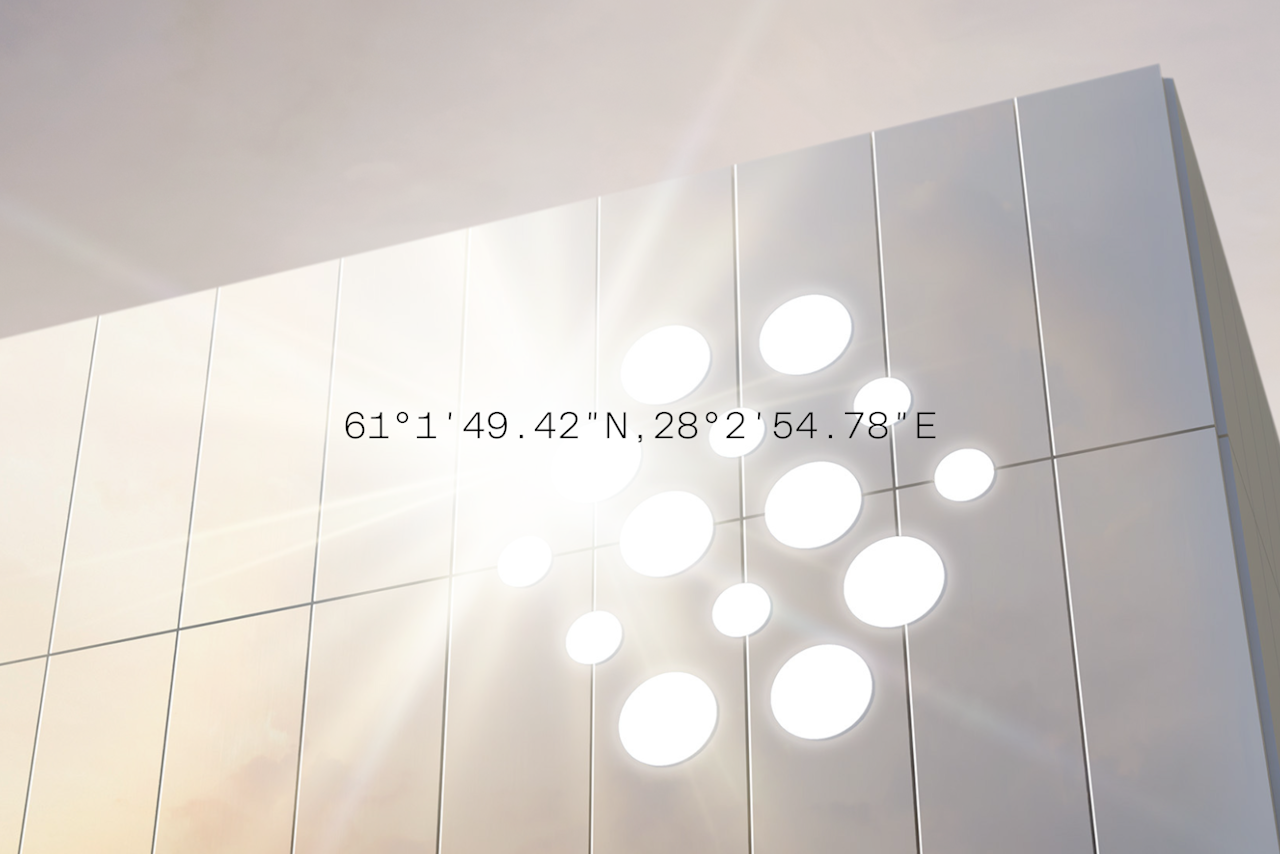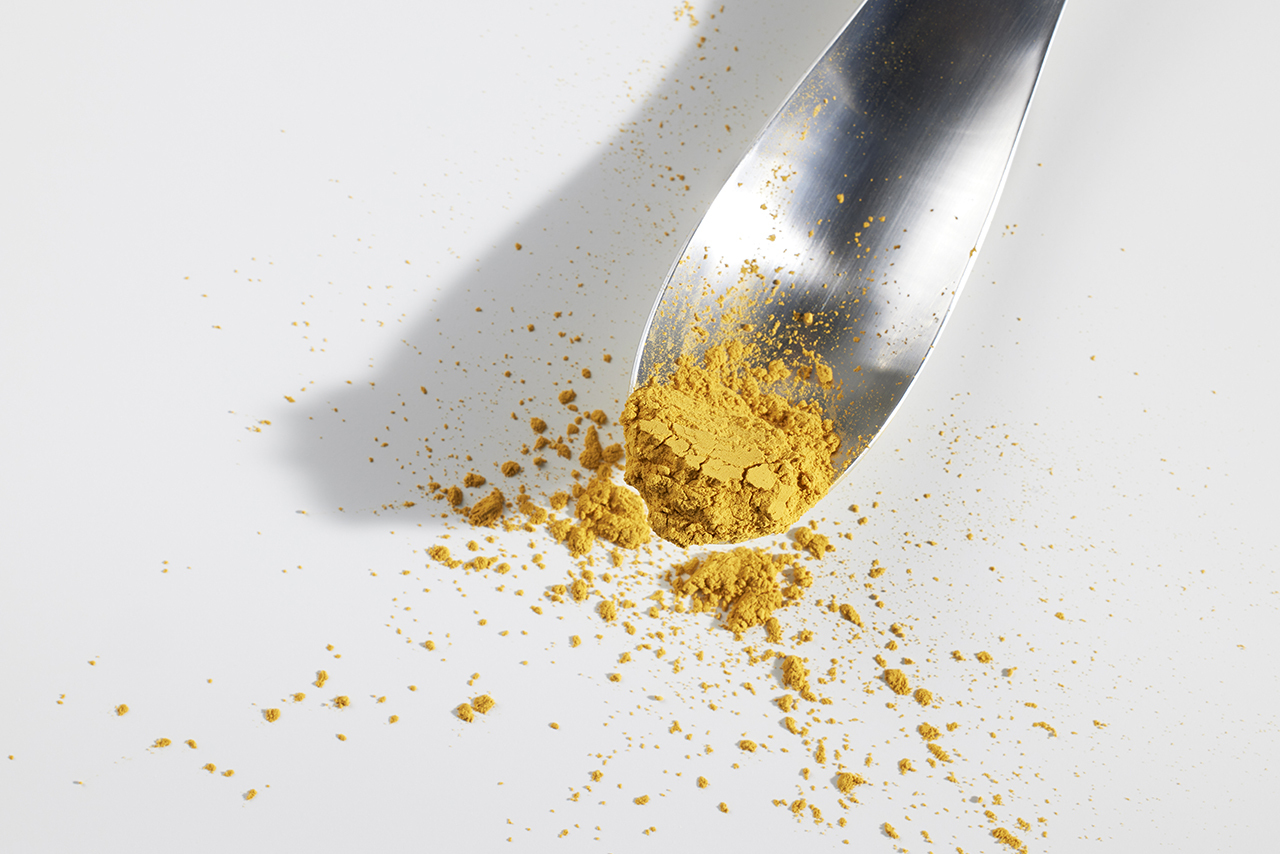This is our world.
Our home.
For thousands of years, we have burdened it with the way we grow food.
Over 40%
of all habitable land on Earth is used for our livestock production.
The global fish catch peaked over 20 years ago.
Our planet’s resources are dwindling.
Until now.
We have discovered a new way of growing food.
Food out
of thin air.
Yes, you read that one correctly.
We are now able to produce natural protein with almost
nothing but electricity and air.
Humanity will no longer be dependent on agriculture, climate or the weather.
We are disconnecting food production from agriculture to produce the world’s most sustainable protein.
Protein that will never run out.
Our solution
combines revolutionary technology with a tiny microorganism found in nature.
The technology is a hyperdrive version of a natural process.
We milk water from the air for the microbes to live in and use natural fermentation to make them grow and multiply.
Using single-celled organisms to ferment food and drinks has been used for thousands of years.
It’s the same method used to make beer and wine.
Instead of yeast and sugar, we feed our microbes tiny bubbles of CO2 and nutrients.
The microorganisms grow and multiply in a process that is more efficient than photosynthesis.
After it has been dried, we end up with a nutrient-dense powder.
We call it Solein®
Solein is protein in its most natural form. It has been around even longer than our other foods have.
Solein is a novel protein that will define the future of food.
It can be used to replace conventional protein in virtually any food.
Solein has a distinct yellow colour and it can taste like anything.
Our Impact
Solein uses 100 times less water than plant production and up to 600 times less than the production of beef.
Solein emits five times less greenhouse gases than plant production and 200 times less than beef production.
Land use for Solein is 20 times more efficient than for plant production and 200 times more efficient than for beef production.
Liberating protein production
Our solution enables food production with less resources, less space and less time. It enables us to feed the growing population in a sustainable way.
Litres of water used in the production of 1 kg of protein
Beef
Up to 600 000 litres
Litres of water used in the production of 1 kg of protein
Up to 570 000 litres
Litres of water used in the production of 1 kg of protein
Up to 540 000 litres
Litres of water used in the production of 1 kg of protein
Up to 510 000 litres
Litres of water used in the production of 1 kg of protein
Up to 480 000 litres
Litres of water used in the production of 1 kg of protein
Up to 450 000 litres
Litres of water used in the production of 1 kg of protein
Up to 420 000 litres
Litres of water used in the production of 1 kg of protein
Up to 390 000 litres
Litres of water used in the production of 1 kg of protein
Up to 360 000 litres
Litres of water used in the production of 1 kg of protein
Up to 330 000 litres
Litres of water used in the production of 1 kg of protein
Up to 300 000 litres
Litres of water used in the production of 1 kg of protein
Up to 250 000 litres
Litres of water used in the production of 1 kg of protein
Up to 200 000 litres
Litres of water used in the production of 1 kg of protein
Up to 150 000 litres
Litres of water used in the production of 1 kg of protein
Plants
Up to 100 000 litres
Litres of water used in the production of 1 kg of protein
Up to 94 000 litres
Litres of water used in the production of 1 kg of protein
Up to 88 000 litres
Litres of water used in the production of 1 kg of protein
Up to 82 000 litres
Litres of water used in the production of 1 kg of protein
Up to 76 000 litres
Litres of water used in the production of 1 kg of protein
Up to 70 000 litres
Litres of water used in the production of 1 kg of protein
Up to 64 000 litres
Litres of water used in the production of 1 kg of protein
Up to 58 000 litres
Litres of water used in the production of 1 kg of protein
Up to 52 000 litres
Litres of water used in the production of 1 kg of protein
Up to 46 000 litres
Litres of water used in the production of 1 kg of protein
Up to 40 000 litres
Litres of water used in the production of 1 kg of protein
Up to 34 000 litres
Litres of water used in the production of 1 kg of protein
Up to 28 000 litres
Litres of water used in the production of 1 kg of protein
Up to 22 000 litres
Litres of water used in the production of 1 kg of protein
Up to 16 000 litres
Litres of water used in the production of 1 kg of protein
Up to 10 000 litres
Litres of water used in the production of 1 kg of protein
Solein
1 000 litres
Emissions kg CO2-eq / kg protein
Beef
200 kg
Emissions kg CO2-eq / kg protein
190 kg
Emissions kg CO2-eq / kg protein
180 kg
Emissions kg CO2-eq / kg protein
170 kg
Emissions kg CO2-eq / kg protein
160 kg
Emissions kg CO2-eq / kg protein
150 kg
Emissions kg CO2-eq / kg protein
140 kg
Emissions kg CO2-eq / kg protein
130 kg
Emissions kg CO2-eq / kg protein
120 kg
Emissions kg CO2-eq / kg protein
110 kg
Emissions kg CO2-eq / kg protein
100 kg
Emissions kg CO2-eq / kg protein
90 kg
Emissions kg CO2-eq / kg protein
80 kg
Emissions kg CO2-eq / kg protein
70 kg
Emissions kg CO2-eq / kg protein
60 kg
Emissions kg CO2-eq / kg protein
50 kg
Emissions kg CO2-eq / kg protein
40 kg
Emissions kg CO2-eq / kg protein
30 kg
Emissions kg CO2-eq / kg protein
20 kg
Emissions kg CO2-eq / kg protein
10 kg
Emissions kg CO2-eq / kg protein
Plants
5 kg
Emissions kg CO2-eq / kg protein
4 kg
Emissions kg CO2-eq / kg protein
3 kg
Emissions kg CO2-eq / kg protein
2 kg
Emissions kg CO2-eq / kg protein
Solein
1 kg
The land area used in production of 1 kg protein
Beef
200m²
The land area used in production of 1 kg protein
190m²
The land area used in production of 1 kg protein
180m²
The land area used in production of 1 kg protein
170m²
The land area used in production of 1 kg protein
160m²
The land area used in production of 1 kg protein
150m²
The land area used in production of 1 kg protein
140m²
The land area used in production of 1 kg protein
130m²
The land area used in production of 1 kg protein
120m²
The land area used in production of 1 kg protein
110m²
The land area used in production of 1 kg protein
100m²
The land area used in production of 1 kg protein
90m²
The land area used in production of 1 kg protein
80m²
The land area used in production of 1 kg protein
70m²
The land area used in production of 1 kg protein
60m²
The land area used in production of 1 kg protein
50m²
The land area used in production of 1 kg protein
40m²
The land area used in production of 1 kg protein
30m²
The land area used in production of 1 kg protein
Plants
20m²
The land area used in production of 1 kg protein
18m²
The land area used in production of 1 kg protein
16m²
The land area used in production of 1 kg protein
14m²
The land area used in production of 1 kg protein
12m²
The land area used in production of 1 kg protein
10m²
The land area used in production of 1 kg protein
8m²
The land area used in production of 1 kg protein
6m²
The land area used in production of 1 kg protein
4m²
The land area used in production of 1 kg protein
2m²
The land area used in production of 1 kg protein
Solein
1m²
We are launching a food revolution.
Solein production revolutionises food production for good, as the production is not dependent on agriculture, the weather or the climate.
Our protein production can happen in the desert, the Arctic or even on Mars.








